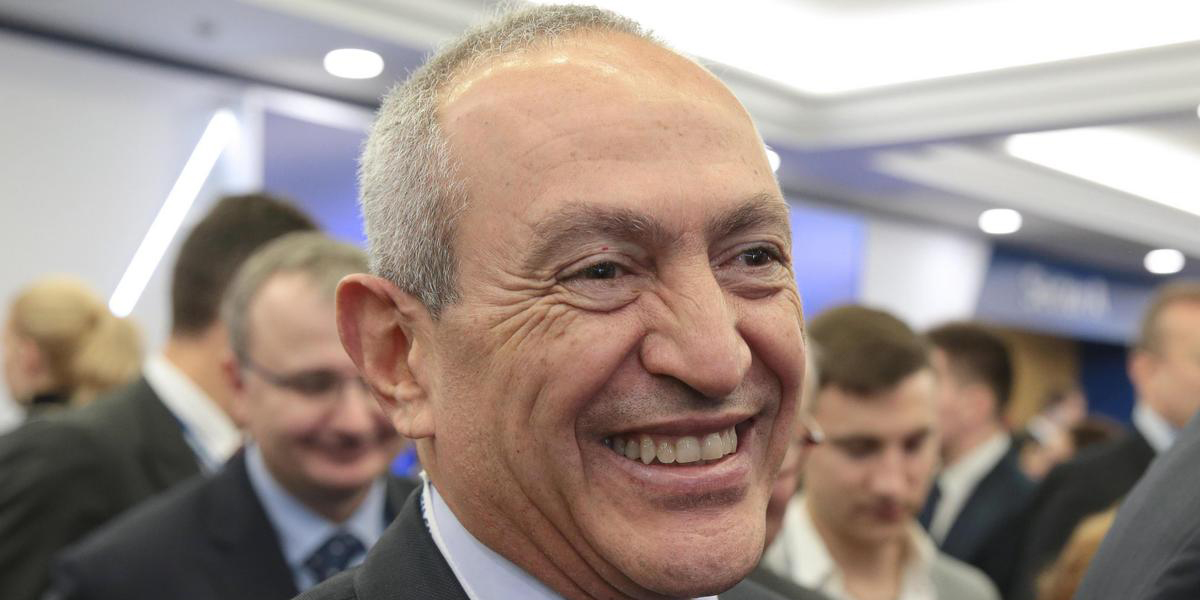Egypt’s richest man holds a high-status diverse portfolio, which includes OCI, stakes in the English football club Aston Villa, and sportswear giant Adidas

Egypt’s richest man, Nassef Sawiris, is contemplating a significant transformation of his business conglomerate. The billionaire is pondering over the idea of breaking up his empire into a cash shell! A move that could redefine his investment strategy and the future of his holdings.
A Bold Move
After recent divestitures totaling $7 billion, Sawiris is exploring additional sales and the potential fragmentation of his primary holding. This strategic shift comes at a time when the business holds a high-status diverse portfolio. The English football club Aston Villa and sportswear giant Adidas’ stakes are both under the spotlight.
Read more: ICT Spending in the META Region to Reach $238Bn in 2024

The Cash-Shell Strategy
Cash shell involves transforming a company into an entity focused on managing cash reserves and pursuing acquisitions in new industries. For Nassef Sawiris, this means a departure from his traditional focus on OCI, opening doors to fresh ventures and opportunities.
Sawiris Speaks
In a rare interview with the Financial Times, Nassef Sawiris expressed his openness to change, stating, “We’re evaluating what we want to do, not just with the money [from the asset sales] but as a team,” highlighting the possibility of OCI, his Dutch-listed chemicals group, becoming a “cash cow” for further investments.
He added: “It doesn’t have to be fertilizer, doesn’t have to be chemicals. If all of OCI is sold, the core team…. know that we are serial entrepreneurs and we’re going to do something.”
Read more: How the Middle East is Shifting to a Sustainable Energy Future

The emergence of ‘Blue Ammonia’
As part of the transformation, Sawiris has expressed interest in producing ‘blue ammonia’ to reduce emissions in the fertilizer industry. This initiative aligns with the growing global focus on sustainability. Consequently, OCI could be a leader in environmentally friendly fertilizer production.
The Future of OCI
OCI has been at the center of Sawiris’ attention, especially after a strategic review prompted by US activist investor Jeff Ubben. The review led to the sale of two fertilizer holdings for $3.6 billion each, signaling a potential pivot in the company’s direction.
To sum up, Nassef Sawiris‘ consideration to transform his business empire into a cash shell marks a pivotal moment in his career as an entrepreneur. It reflects a willingness to adapt and evolve in response to changing market dynamics. As the business world watches closely, Sawiris’ next moves could set new trends for corporate restructuring and investment strategies in the region.
